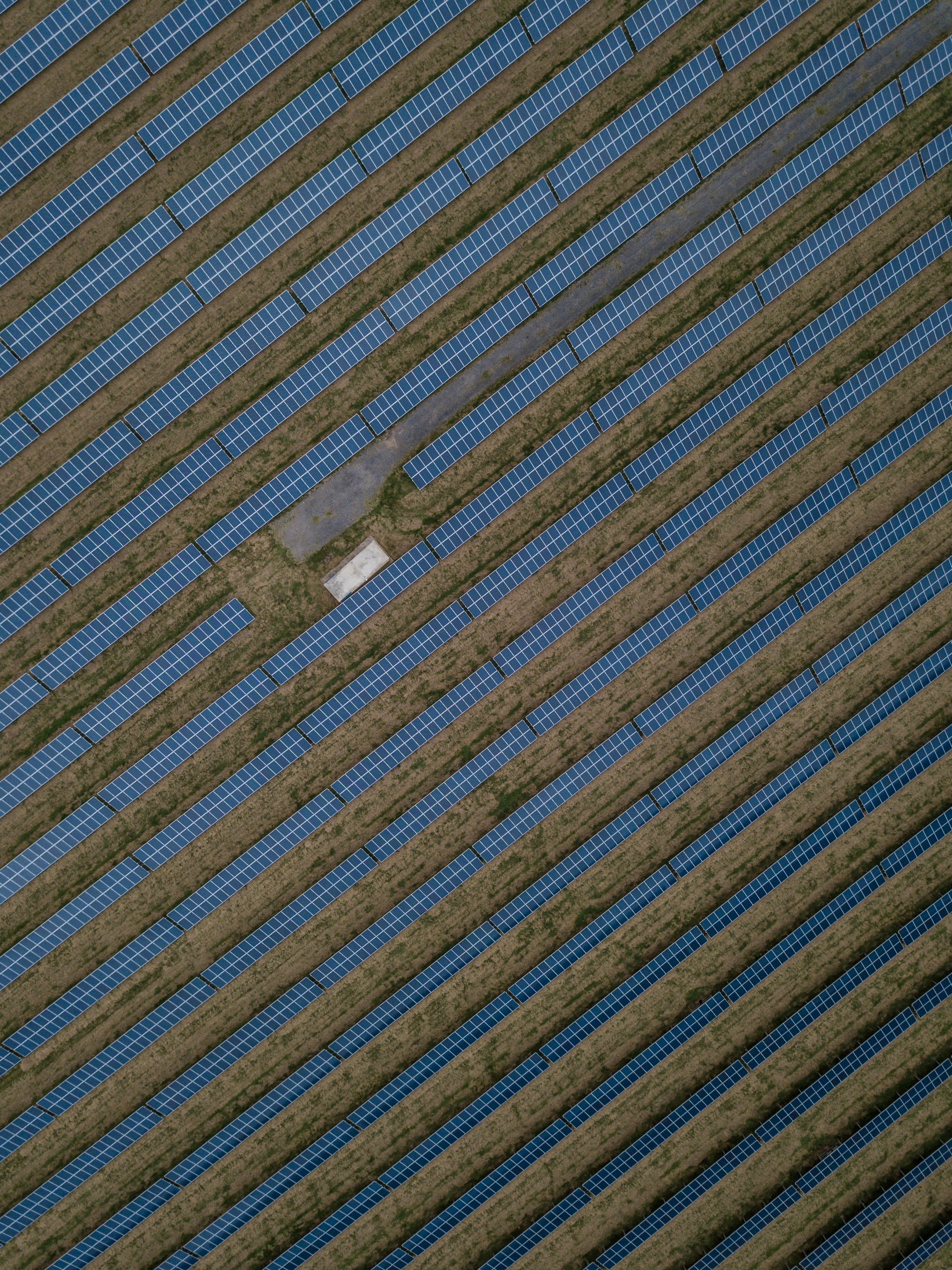ENERGY EFFICIENCY

To study the efficiency of energy in the building sector, we have to start with energy as a module and how is it in the building sector. With the development of civilization and the fast growth of cities and the shift from agriculture that was the major roles work of people in the past,
people now spend most of their time inside buildings to do their daily life work. Buildings in all their functionalities mainly consume much energy that is generated by a country.
Consuming such energy is surely depending on the level of development reached in a country, where developed countries with all their electrification and technologies found in the life system vary from those countries that are still under development and far away from the evolution that the civilization has reached.
Studies show that the building sector consumes the most energy than any other sector. This consumption is due to the end-use activities that are always functional inside buildings.
Specifically in condensed cities and the shift from non-sustainable building with the rise in the building sector. Heating and cooling of indoor spaces, lighting, connectivity, etc. In addition to all the life activities that are used inside apartments from TVs, cooking, washing, and computers.
With all that in hand, the energy consumed has been so huge that some countries could come to not.
ENERGY CONSUMPTION BY SECTOR
BUILDING SECTOR ENERGY DEMAND
The building and construction sector is responsible for 40% of the world’s energy consumption with the increasing population and the high demand for building new houses and services.
WHAT IS E.E. IN A BUILDING?
WHY IS E.E. IMPORTANT?
Energy-efficient building design involves constructing or upgrading buildings that can get the most work out of the energy that is supplied to them by taking steps to reduce energy loss such as decreasing the loss of heat through the building envelope. (Hanania, Jenden and Donev)
Energy efficiency is also found in particular inside a material, the material used inside a building is tested as the amount of heat transferred from one side of the material to the other, and this value is referred to as a U-value. The lower “the U-value is”, the better the material is “energy-efficient”.
Due to the high demand for energy to run all the buildings and functions that are the main core of civilization (residence, educational, working sector, commercial sector, etc…)
Using fuel to generate energy to operate the spaces would be in high averages that have hit in the building sector the 40% of overall energy consumption in a country. When shifting to energy-efficient buildings from the very first steps of the design phases, creating better building envelopes and increasing natural energy gains, will lead to a decrease in the energy needed by the building to run.
HOW CAN WE DESIGN AN ENERGY EFFICIENT BUILDING?
Due to the high demand for energy to run all the buildings and functions that are the main core of civilization (residence, educational, working sector, commercial sector, etc…)
Using fuel to generate energy to operate the spaces would be in high averages that have hit in the building sector the 40% of overall energy consumption in a country. When shifting to energy-efficient buildings from the very first steps of the design phases, creating better building envelopes and increasing natural energy gains, will lead to a decrease in the energy needed by the building to run.
THE AMOUNT OF ENERGY NEEDED TO PRESERVE INDOOR QUALITY
How the building is designed and how it is benefitting from passive design strategies to minimize the energy needed. And the level of heat transfer needed in the shift between cooling and heating of spaces. And how people are efficiently using the energy consumed indoors.
With what was mentioned and the way to be energy-efficient, it is necessary to do calculations by which you can know how the building is performing in a matter of energy consumption:
Figure – EU Energy Performance in Buildings – Directive Implementation Advisory Group, explanation of the general relationship between various standards from the European Committee for Standardization and the Energy Performance of Buildings Directive (EPBD).

RENEWABLE ENERGY
SOLAR ENERGY
At a smaller scale, we can harness the sun’s rays to power the whole house—whether through PV cell panels or passive solar home design. Passive solar homes are designed to welcome the sun through south-facing windows and then retain the warmth through concrete, bricks, tiles, and other materials that store heat.
Some solar-powered homes generate more than enough electricity, allowing the homeowner to sell excess power back to the grid. Batteries are also an economically attractive way to store excess solar energy so that it can be used at night. Scientists are hard at work on new advances that blend form and function, such as solar skylights and roof shingles.
WIND ENERGY
A backyard wind farm? Boats, ranchers, and even cell phone companies use small wind turbines regularly. Dealers now help site, install, and maintain wind turbines for homeowners, too—although some DIY enthusiasts are installing turbines themselves. Depending on your electricity needs, wind speeds, and zoning rules in your area, a wind turbine may reduce your reliance on the electrical grid.
GEOTHERMAL HEAT PUMPS
Geothermal technology is a new take on a recognizable process—the coils at the back of your fridge are a mini heat pump, removing heat from the interior to keep foods fresh and cool. In a home, geothermal or geo-exchange pumps use the constant temperature of the earth (a few feet below the surface) to cool homes in summer and warm houses in winter—and even to heat water.
Geothermal systems can be initially expensive to install but typically pay off within 10 years. They are also quieter, have fewer maintenance issues, and last longer than traditional air conditioners.





LEED CERTIFICATION
WIND ENERGY
LEED Stands For Leadership in Energy and Environmental Design.
In an ongoing effort to have more efficient and sustainable building practices, using materials that have less impact on our environment along with reducing costs and waste, the US Green Building Council devised a certification program to award green building design. The USGBC provides a framework to follow along to achieve and adhere to.

Why would we desire to have a LEED Certification?
Energy and Waste Reduction – Your home or office would use less energy for heating, cooling and use fewer resources and save on costs.
Lower Operating Costs – For home or office, means less consumption of resources, which provides for a lower energy bill.
Eliminating Construction Waste – Less project scrap waste going to the dumpster, which is not filling up our landfills. Either being reutilized or reused.
Lowering Liability – Lowering any liability factors and easier on responsibilities.
More sustainable durability in the Build Quality – Means that finishes, surfaces, and structural integrity is factored in an utmost manner
Greater Resale and Rental Value – LEED Certified homes and rentals are in huge demand, increasing the asking price of homes and monthly rental costs.
Improved Air Quality Indoors – Low VOC finishes, low to no emissions created by materials lets you breathe easier and is safe for pets too.
Increase Productivity and Quality of Life – Better quality for those living in your home or employees working at your office.
Looks Awesome to the Public Image – You are saving the environment, and implementing good style as well.
Which Criteria are used for determining which tier of LEED Certification is awarded?
This can be a rather complex, rather cumbersome discussion with the many factors that are involved. However, I will break it down to you in categories and how points are scored:
There are Five rating systems for LEED Certification: New Construction, Existing Buildings, Interior Designs, Homes, and Neighborhoods.
Within those systems, there are completely different credit and points values given for each one.
On a points grade, to reach various tiers of LEED Certification, you need to score the following:
LEED Certified: 40-49 Points
LEED Silver: 50-59 Points
LEED Gold: 60-79 Points
LEED Platinum: 80+ Points
As you can imagine, LEED Platinum sets the standard for the highest watermark possible for achievement. Not many homes and structures have reached that level. However, for the ones that do, enjoy the benefits of certification and the points we discussed earlier in this post.



